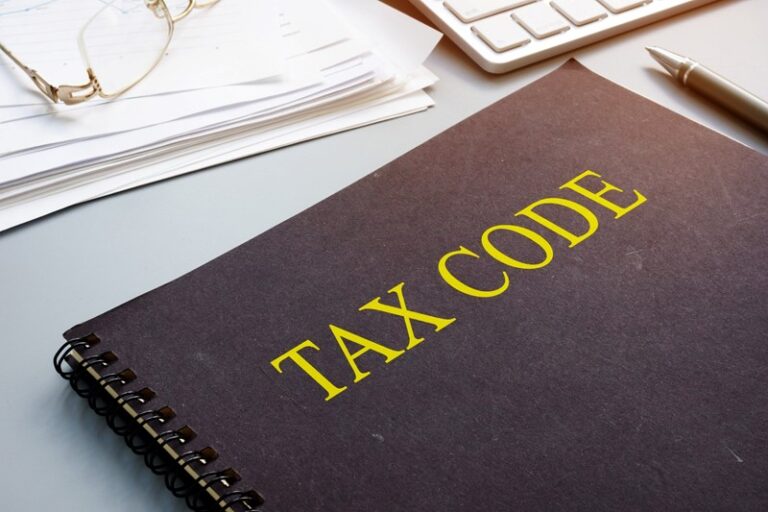MTD – qualifying income
Making Tax Digital for Income Tax (MTD for IT) will become mandatory in phases from April 2026. If you are self-employed or a landlord and have over £50,000 in qualifying income you need to start preparing to submit quarterly updates, keeping digital records and cope with a new penalty system.
Your qualifying income is the total income you receive in a tax year from self-employment and property. Other income, such as from employment (PAYE), partnerships or dividends (including from your own company), do not count towards your qualifying income.
HMRC will calculate your qualifying income based on your self-assessment tax return you submitted in the previous year. For example, to assess your income for the 2026-2027 tax year, they will use the return you submit for the 2024-2025 tax year which is due to be submitted by 31 January 2026. If your qualifying income is over £50,000, HMRC will inform you when you need to start using MTD for IT.
Qualifying income includes your share of income from jointly owned property, certain trusts, VAT-registered businesses and disguised investment management fees. It does not include business partnership income, transition profits or qualifying care relief payments.
Initially, MTD for IT will only apply to self-employed individuals, and landlords with an annual qualifying income exceeding £50,000. From 6 April 2027, the rules will extend to those with a qualifying income between £30,000 and £50,000. From April 2028, sole traders and landlords with qualifying income over £20,000 will need to follow MTD rules. The government is also exploring ways to bring those earning under £20,000 within the MTD framework at a future date.







